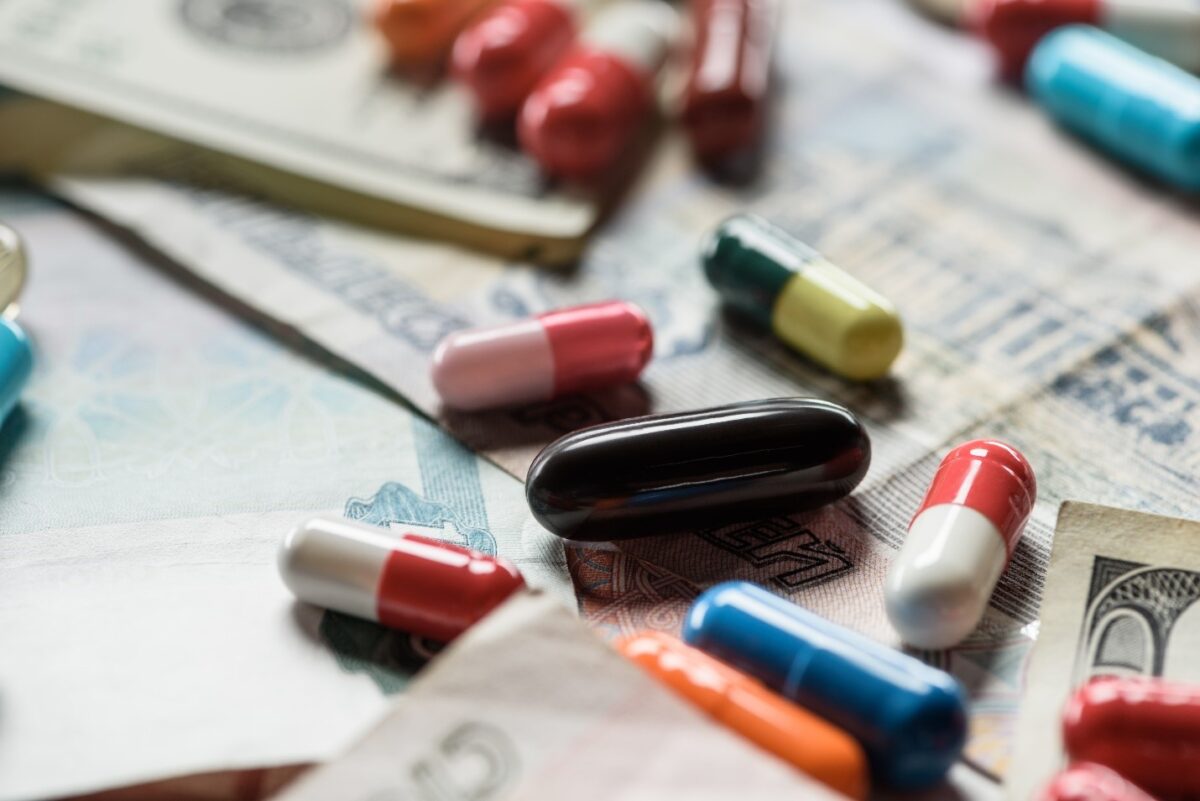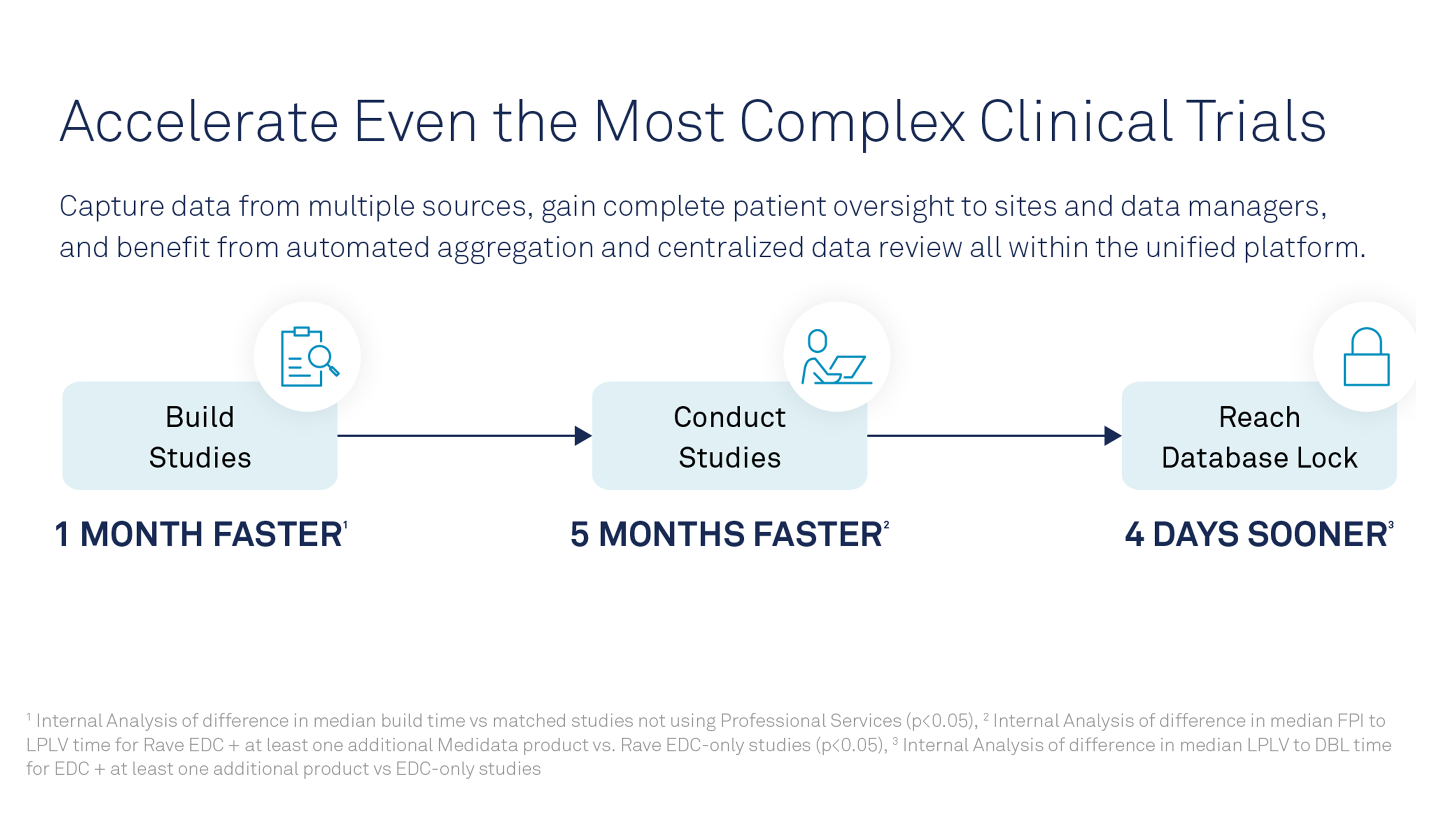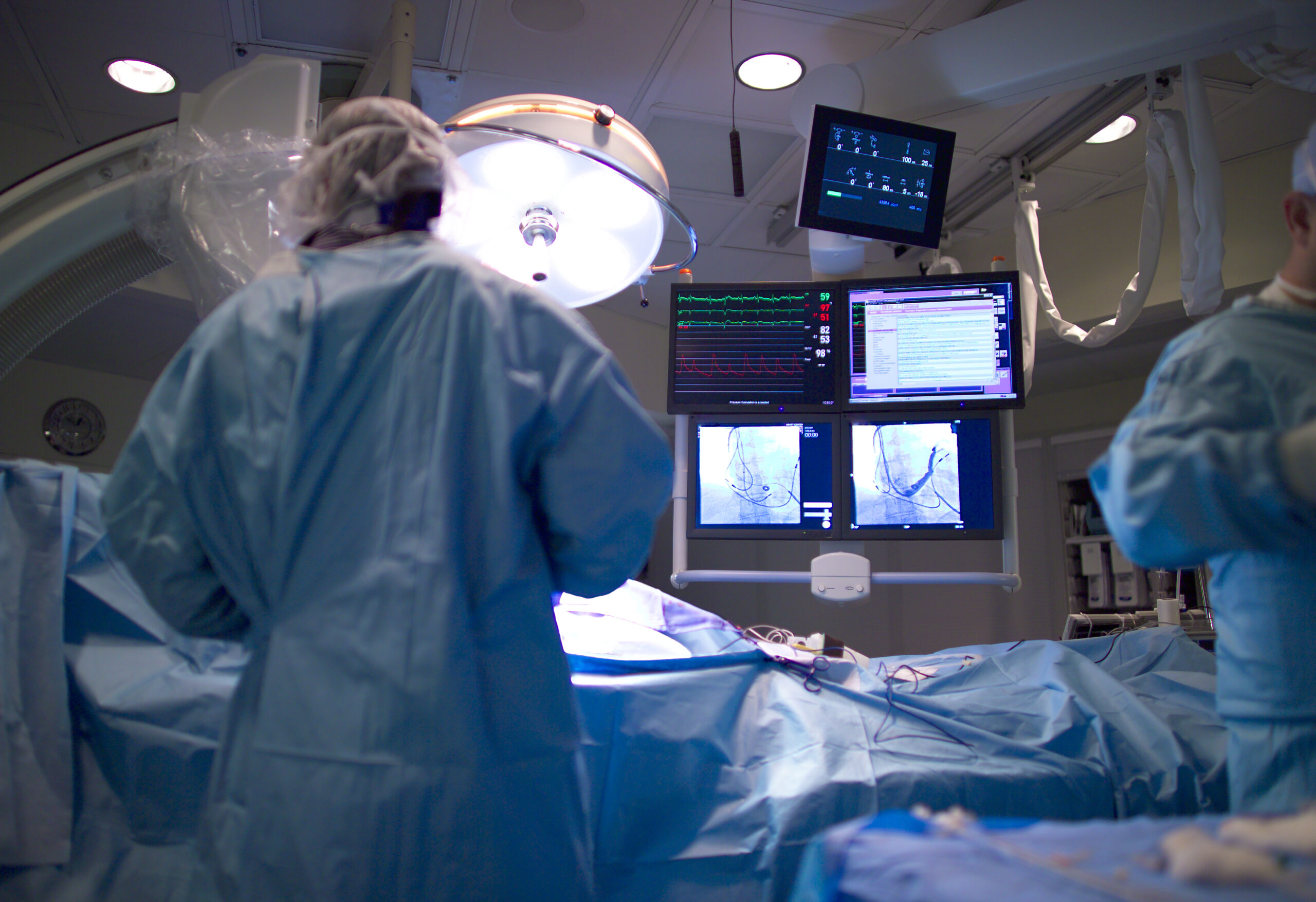Biosimilars have emerged as an important factor in modern healthcare, reshaping treatment accessibility and affordability. Biosimilars offer a promising pathway to reducing healthcare costs while maintaining the efficacy and safety profiles of their reference products, the originally approved biologic drugs. The biosimilar industry today is marked by rapid advancements, regulatory evolution and growing market acceptance.
In this interview, Xtalks delves into the advancements from Samsung Bioepis, a leader in the biosimilar industry. Featuring Ilsun Hong, VP and Product Evaluation Team Leader, and Thomas Newcomer, VP and Head of US Market Access at Samsung Bioepis, the discussion revolves around key developments, challenges and future trends in biosimilars.
Read on to learn more about Samsung Bioepis’ pivotal role in the biosimilar industry from these two experts.
Samsung Bioepis was the first company to receive FDA approval for both high-concentration and low-concentration formulations of adalimumab biosimilar. What were the challenges faced in achieving this milestone?
Hong: With the reference product, the high-concentration formulation was launched later in the market, and the market slowly transitioned from low-concentration to high-concentration adalimumab over the years and now, 85 percent of the adalimumab market is high-concentration, citrate-free formulation and the rest is low-concentration formulation, according to a market report.

VP and Product Evaluation Team Leader,
Samsung Bioepis
To have a biologic product ready for launch, it takes years of commitment from planning, early-stage development, clinical development, regulatory approval to supply readiness. If a new formulation or presentation of the reference product is introduced in the market at a later stage, it adds to the complexity for biosimilar developers when preparing for the launch. So, when the market started to transition to high-concentration adalimumab, we had to quickly strategize on development strategy in order to swiftly meet the changing market demands.
We had the experience and capability to develop both low-concentration and high-concentration formulations without compromising on quality, and through the seamless work across development, clinical development, regulatory affairs, manufacturing and supply, we were able to have both formulations ready for launch.
What is the significance of having both high-concentration and low-concentration formulations of adalimumab biosimilars approved?

VP and Head of US Market Access,
Samsung Bioepis
Newcomer: As mentioned above, 85 percent of the adalimumab market is the high-concentration, citrate-free formulation, and yet there is still 15 percent of the market still using the low-concentration formulation.
Based on these different needs, we are providing both high- and low-concentration formulations to provide seamless continuity of care, so that patients can have the option to switch to a lower-cost, but equally effective product that is backed by the development, clinical and manufacturing rigor that Samsung Bioepis brings to the market.
Samsung Bioepis recently gained interchangeability designation for a ranibizumab biosimilar. What is the significance of this designation given that ranibizumab is an ophthalmology product?
Hong: With this designation, Byooviz (SB11, ranibizumab-nuna) is now both biosimilar to and interchangeable with the reference product. Since it is now designated by the FDA as an “interchangeable” product, Byooviz may be substituted at the pharmacy for the reference product without the intervention of the prescribing healthcare provider, according to state law.
However, it is important for all stakeholders to realize that the FDA interchangeability designation is a legal distinction, not a clinical one. Interchangeability does not change the safety, efficacy and quality of a biosimilar already licensed by the Agency nor any other aspect of that product. The same “highly similar” standards apply to both biosimilar and interchangeable products.
As stated in Implementation of the Biosimilars Price Competition and Innovation Act of 2009, an FDA interchangeability designation is intended to allow the substitution by a pharmacist (subject to state law) of a biosimilar for its reference originator biologic without consulting the original prescriber. As a legal matter, interchangeability has more relevance to products that are self-administered by patients (and dispensed at pharmacies) and lower relevance to medicines that are directly administered by the providers, such as anti-VEGFs.
Could you explain the role of biosimilars in increasing treatment options for patients and how Samsung Bioepis is working to expand those options?
Newcomer: The FDA has approved 44 biosimilars across 12 molecules since 2015, with 38 of these products launched as of November 2023. Recently, nine adalimumab biosimilars became available and many of these biosimilar products are listed on formularies in parity with the reference product, providing more choice for patients, and are priced lower than the reference product.
As of now, Samsung Bioepis has four biosimilar products commercially available in the US, which are biosimilars for infliximab, trastuzumab, ranibizumab and adalimumab. We believe that the availability of additional treatment options allows the US healthcare system and patients to have additional choices while simultaneously realizing cost savings through the utilization of these lower-cost alternatives.
What is the potential impact of biosimilars on healthcare costs, and how does Samsung Bioepis envision its role in improving healthcare economies?
Newcomer: As seen in the Samsung Bioepis 4Q2023 Biosimilar Market Report, in the US, biosimilar launches have led to significant price decreases over time. If we look at the eight molecules where biosimilar competition exists, the Average Sales Price (ASP) of the molecule cost, including the originator and biosimilars, declined 41 percent on average three years after first biosimilar launch. ASPs for oncology biosimilars experienced the steepest decline, with each dropping over 50 percent in the first three years after biosimilar launch.
We also came across various market reports that project savings in the future based on various scenarios with consideration of the market size and expected launches of biosimilars. For instance, IQVIA projected that savings from biosimilars are expected to exceed $180 billion in the next five years, more than four times the savings we have seen over the past five years. This trend is potentially driven by biosimilar launches such as adalimumab. Thus, with adalimumab, there are more than eight options which are all offered at various price points. Some are offered with significant discounts, allowing patients to realize direct savings for their out-of-pocket costs.
Through the availability of our biosimilars in the US, and with our pipeline which is in robust development, we will continue to contribute to alleviating the financial burden of both healthcare systems and patients by providing lower-cost alternatives to biologic treatments.
What challenges does Samsung Bioepis face when introducing new biosimilars into the market, particularly regarding regulatory hurdles and market acceptance?
Newcomer: I think multiple factors come into play at the end of the day. One example is a healthcare provider’s willingness and confidence in prescribing biosimilars in real-world clinical practice. Biosimilars have been in the US market for more than eight years, and healthcare providers have become more comfortable with prescribing biosimilars, but there is still room for improvement if biosimilars are going to grow beyond initial success.
In order to improve the utilization of biosimilars, there needs to be constant education of the healthcare model of biosimilars. Healthcare providers and patients who may be new to the concepts of biosimilars need an understanding of what exactly a biosimilar is, and what is the experience to date with these products, not just in the US, but globally.
I think this situation is evident in the case of recently launched adalimumab biosimilars. It has been less than a year since biosimilars came to the adalimumab market, but the current dashboard indicates there may be an issue of limited market access and uptake of lower-cost biosimilar options because biosimilar utilization still remains around two percent. Adalimumab has contributed to nearly $28 billion annually to spending in the US, and the current status of adalimumab biosimilar usage means we are losing the opportunity to reduce the existing healthcare burden in the US.
We need everyone involved in the healthcare space to pay attention to where the market is now and where it is going. If these products are not prescribed routinely in clinical practice, then the goal to realize the potential of biosimilars will not happen. Thus, the financial burden that the US healthcare system currently faces will not change and patients will continue to suffer from high out-of-pocket expenses.
Can you discuss any upcoming biosimilar developments from Samsung Bioepis that healthcare professionals and patients should be looking forward to?
Newcomer: We are making progress with eculizumab, aflibercept, denosumab and ustekinumab biosimilars after completion of Phase III clinical trials, and will be providing updates when additional information becomes available.
Lastly, as Head of US Market Access and Production Evaluation Team Leader, what do you see as the future trends in the biosimilar industry, and how is Samsung Bioepis preparing to meet those challenges?
Hong: One of the future trends I see is increasing competition for biosimilar development. Biosimilar research and development have become active in recent years with as many as 106 biosimilars currently under development (as of January 2023). Biosimilar development is expanding from autoimmune disease and cancer care medications into new therapeutic classes such as ophthalmology, bone health and immunosuppressants.
More mid- or small-sized companies are entering the biosimilar industry and product quality, clinical experience, real-world data have become important differentiation factors, in addition to price factors. This means that at the end of the day, biosimilar developers that are able to deliver quality-proven, affordable products while generating sufficient clinical data and/or real-world data would be very likely to be the winners in this highly competitive market.
In light of this, Samsung Bioepis has been putting a lot of effort to ensure product quality — highly similar to the original products and clinical data generation meeting US FDA, EMA and other regulatory guidelines and also generate real-world data by patients and physicians who have used our biosimilar products. On top of these efforts, we have been trying to lower the development and manufacturing costs since we believe this would enable us to offer products at more affordable prices, increasing affordability and accessibility to patients and physicians.
Newcomer: On a positive note, I do believe we are seeing progress with biosimilars in the US market, but the pace of the progress has to improve to ensure the development of future biosimilars.
There are definitely companies such as Samsung Bioepis, who have made a commitment to the biosimilar space. Our work with biosimilars will simply help reduce healthcare costs. We are seeing biosimilars expand now into new therapeutic categories and in the near future we will see new biosimilars enter markets such as rare diseases. You can also see the pressure that is being put on reference molecules as they are being forced to change existing strategies to remain relevant in each category.
If as a biosimilar community we can bring an awareness level similar to the level of generics in the US market, then we will see the adoption pace increase resulting in the enhanced long-term development of biosimilars. At Samsung Bioepis, we will continue to lead as a biosimilar organization in demonstrating the benefits of biosimilar products to all stakeholders in the healthcare system.












Join or login to leave a comment
JOIN LOGIN